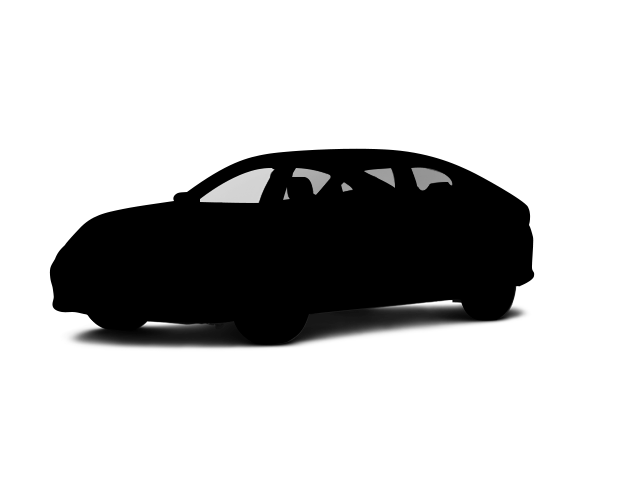For enhanced safety, the front and rear seat shoulder belts of the Volvo V60 Cross Country have pretensioners to tighten the seatbelts and eliminate dangerous slack in the event of a collision and force limiters to limit the pressure the belts will exert on the passengers. The Lexus NX Series doesn’t offer pretensioners for the rear seat belts.
Both the V60 Cross Country and NX Series have child safety locks to prevent children from opening the rear doors. The V60 Cross Country has power child safety locks, allowing the driver to activate and deactivate them from the driver's seat and to know when they're engaged. The NX Series’ child locks have to be individually engaged at each rear door with a manual switch. The driver can’t know the status of the locks without opening the doors and checking them.
The V60 Cross Country has standard Automatic Braking After Collision, which automatically apply the brakes in the event of a crash to help prevent secondary collisions and prevent further injuries. The NX Series doesn’t offer a post collision braking system: in the event of a collision that triggers the airbags, more collisions are possible without the protection of airbags that may have already deployed.
To provide maximum traction and stability on all roads, All-Wheel Drive is standard on the V60 Cross Country. But it costs extra on the NX Series.
Both the V60 Cross Country and the NX Series have standard driver and passenger frontal airbags, front side-impact airbags, driver knee airbags, side-impact head airbags, height adjustable front shoulder belts, four-wheel antilock brakes, traction control, electronic stability systems to prevent skidding, crash mitigating brakes, daytime running lights, lane departure warning systems, blind spot warning systems, rearview cameras, rear cross-path warning, driver alert monitors and available around view monitors.
The National Highway Traffic Safety Administration does 35 MPH front crash tests on new vehicles. In this test, results indicate that the Volvo V60 Cross Country is safer than the Lexus NX Series:
|
|
V60 Cross Country |
NX Series |
|
|
Driver |
|
| STARS |
5 Stars |
4 Stars |
| HIC |
192 |
209 |
| Neck Injury Risk |
25.7% |
46% |
| Neck Stress |
189 lbs. |
509 lbs. |
| Leg Forces (l/r) |
395/518 lbs. |
480/609 lbs. |
|
|
Passenger |
|
| STARS |
4 Stars |
4 Stars |
| HIC |
314 |
355 |
| Neck Injury Risk |
30% |
42% |
| Neck Stress |
146 lbs. |
295 lbs. |
New test not comparable to pre-2011 test results. More stars = Better. Lower test results = Better.
The National Highway Traffic Safety Administration does side impact tests on new vehicles. In this test, which crashes the vehicle into a flat barrier at 38.5 MPH and into a post at 20 MPH, results indicate that the Volvo V60 Cross Country is safer than the Lexus NX Series:
|
|
V60 Cross Country |
NX Series |
|
|
Front Seat |
|
| STARS |
5 Stars |
5 Stars |
| HIC |
103 |
192 |
| Hip Force |
212 lbs. |
352 lbs. |
|
|
Rear Seat |
|
| STARS |
5 Stars |
5 Stars |
| HIC |
271 |
317 |
|
|
Into Pole |
|
| STARS |
5 Stars |
4 Stars |
| Max Damage Depth |
13 inches |
15 inches |
| HIC |
319 |
542 |
| Spine Acceleration |
29 G’s |
38 G’s |
| Hip Force |
490 lbs. |
828 lbs. |
New test not comparable to pre-2011 test results. More stars = Better. Lower test results = Better.
Instrumented handling tests conducted by the National Highway Traffic Safety Administration and analysis of its dimensions indicate that the V60 Cross Country, with its five-star roll-over rating, is 6.1% to 6.2% less likely to roll over than the NX Series, which received a four-star rating.

